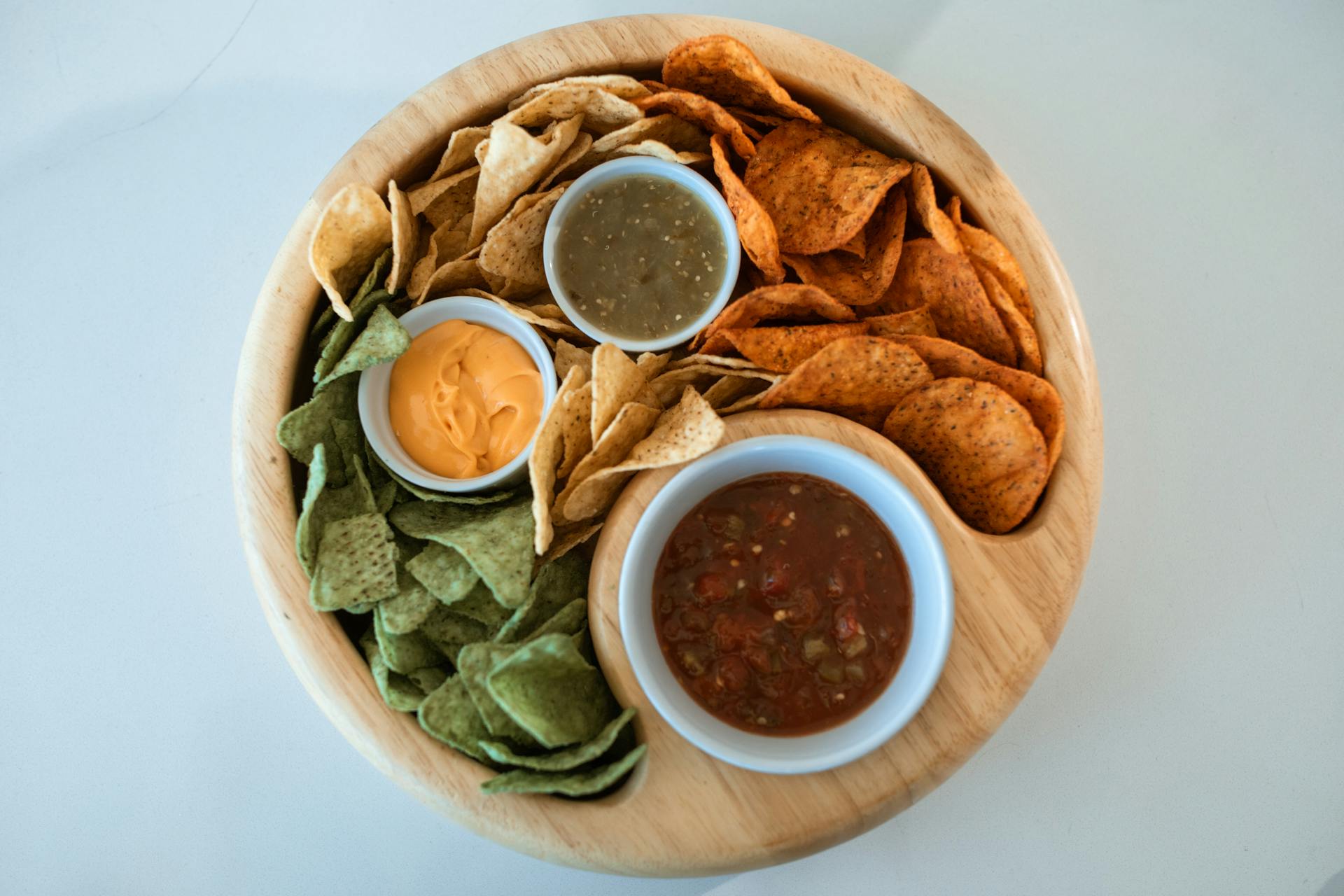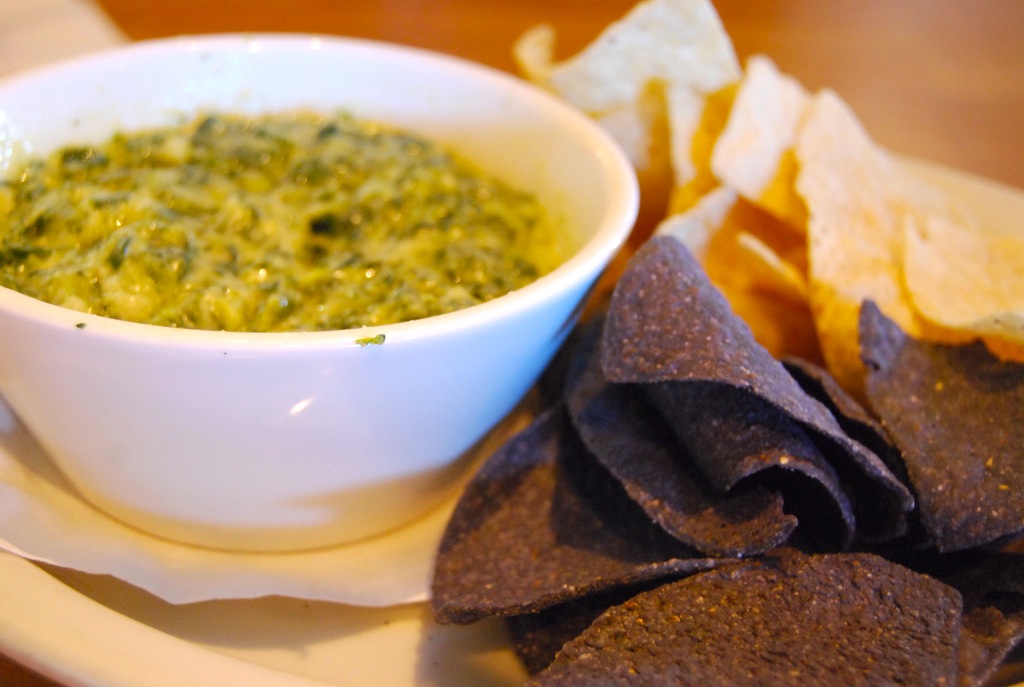U.S. News
18 Restaurant Menu Items That May Be Affected by RFK Jr.’s Health Policies
By Jake Beardslee · December 23, 2024

Here are 18 restaurant menu items that might be affected. Gage Skidmore / Wikimedia

Buffalo Wings: Spicy but Synthetic
Buffalo wings are a game-day staple, but many restaurant sauces contain artificial flavors and preservatives like sodium benzoate. These additives enhance shelf life but could be flagged for removal under stricter health guidelines, leading to reformulated sauces that may alter the taste. Sergio Arreola / Pexels
Nachos: Colorful but Questionable
Nachos served at sports bars often feature bright yellow nacho cheese made with synthetic dyes like Yellow No. 6. Kennedy’s policies might demand natural alternatives, which could change the appearance and flavor of this popular appetizer. RDNE Stock project / Pexels
Barbecue Ribs: Saucy but Suspect
Barbecue sauce used in many restaurants often contains high-fructose corn syrup and artificial smoke flavor. These additives enhance flavor and shelf life but could be targeted for removal, requiring chefs to use natural sweeteners and real smoking techniques. Nano Erdozain / Pexels
Mozzarella Sticks: A Cheesy Dilemma
The breading and cheese used in mozzarella sticks frequently contain preservatives like sodium phosphates and artificial flavors. Reformulations to meet stricter guidelines could alter the texture and taste of this popular appetizer. travel oriented / Pexels
Steak: Tenderizing Techniques in Question
Some restaurant steaks are treated with meat tenderizers containing enzymes like papain or bromelain, which can be highly processed. Stricter food standards might require natural aging processes, potentially increasing preparation time and cost. Lukas / Pexels
Cocktails: Colorful Conundrums
Cocktails with bright, artificial coloring, such as Blue Curaçao and grenadine, might be impacted under stricter guidelines on synthetic dyes. Bars might have to switch to naturally derived colorings, potentially changing the visual appeal of these drinks. energepic.com / Pexels
Loaded Potato Skins: A Cheesy Problem
Loaded potato skins are a staple appetizer, but the melted cheese often contains emulsifiers like sodium phosphate, while the sour cream topping might include artificial stabilizers. These additives could come under scrutiny, forcing restaurants to use fresher ingredients that might alter the dish’s flavor or shelf life. Frank Rojas / Pexels
Spinach Artichoke Dip: Creamy but Controversial
This popular dip is typically made with cream cheese and heavy cream stabilized with artificial thickeners like carrageenan. Stricter regulations could require cleaner, more natural recipes, which might change the texture and richness of this crowd-pleaser. Janine from Mililani, Hawaii, United States / Wikimedia
Chicken Tenders: Kid-Friendly with a Catch
Chicken tenders rely on breading mixes that often include artificial flavorings and preservatives like TBHQ. Reformulating these recipes to exclude harmful additives could affect the crispy texture and iconic flavor that make them a favorite for kids and adults alike. Evan-Amos / Wikimedia
Fried Pickles: Crunch with a Cost
Fried pickles are a popular bar snack, but the batter often contains artificial leavening agents and stabilizers. These additives might face elimination under stricter regulations, potentially leading to less crispy or flavorful results. Guanaco / Wikimedia
Calzones: A Filling Dilemma
The dough and fillings in calzones often include preservatives and flavor enhancers to extend freshness and taste. Under Kennedy’s initiatives, these ingredients might require natural alternatives, impacting the flavor and texture of this Italian-American classic. ROMAN ODINTSOV / Pexels
Clam Chowder: Creamy Comfort with Additives
Many restaurant clam chowders rely on thickening agents like modified starches and preservatives to maintain consistency and shelf life. Reformulating these recipes to align with cleaner standards could result in shorter shelf lives and less creamy textures. Ser Amantio di Nicolao / Wikimedia
Cheesecake: A Slice of Artificial Sweetness
Restaurant cheesecakes often include artificial flavors and stabilizers to maintain their texture and flavor over time. Stricter ingredient guidelines could require natural alternatives, potentially raising costs and altering the dessert’s iconic creaminess. Suzy Hazelwood / Pexels
Chocolate Lava Cake: A Decadent Dilemma
The molten center of chocolate lava cake often relies on artificial stabilizers and flavorings to create its gooey texture. Stricter food safety standards could require natural ingredients, potentially raising preparation costs and altering this dessert’s signature appeal. Ömer Furkan Yakar / Pexels
Onion Rings: Crispy with Concerns
Onion rings’ breading often includes artificial leaveners and stabilizers to maintain crunch. Kennedy’s health policies might encourage natural alternatives, which could affect the texture and flavor of this popular side dish. Pixabay / Pexels
Shrimp Scampi: Saucy but Synthetic
Many shrimp scampi dishes include sauces thickened with artificial starches or flavored with synthetic additives. Stricter ingredient requirements could lead to cleaner recipes that might alter the richness of this seafood favorite. Jer Chung / Pexels
Lobster Bisque: A Luxurious Risk
Lobster bisque often relies on artificial thickeners and flavorings to achieve its creamy, rich texture. Stricter regulations could require restaurants to adopt cleaner recipes, potentially increasing costs and altering this classic dish’s appeal. Missvain / Wikimedia
Fried Calamari: Crispy but Questionable
Battered and fried calamari often includes phosphates to improve texture and moisture retention. These additives could be phased out under stricter food safety policies, leading to less tender and flavorful versions of this popular dish. The Castlebar / Wikimedia
As the industry navigates these possible shifts, the focus will likely be on balancing public health concerns with maintaining the culinary experiences customers have come to expect. Whether these changes will be embraced or resisted remains to be seen, but they undoubtedly highlight the ongoing conversation about food quality and safety in the United States. Gage Skidmore / Wikimedia